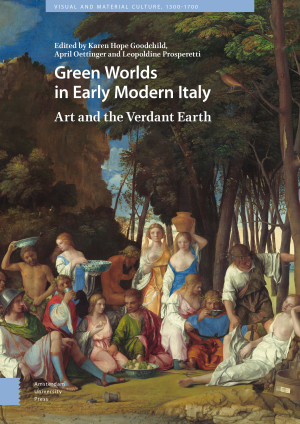List of Figures
Notes on Contributors
Introduction
A Fresh Vision of the Natural World in Renaissance Italy
Karen Goodchild, April Oettinger, Leopoldine Prosperetti
Part I. Devotional Viridescence
The Green Spaces of Fra Filippo Lippi and Sandro Botticelli
Rebekah Compton
Anthropomorphic Trees and Animated Nature in Lorenzo Lotto's 1509 St. Jerome
April Oettinger,
'Honesta voluptas': the Renaissance Justification for Enjoyment of the Natural World
Paul Holberton,
Part II. Building Green
The Sala delle Asse as Locus Amoenus: Revisiting Leonardo da Vinci's Arboreal Imagery in Milan's Castello Sforzesco
Jill Pederson
Naturalism and Antiquity, Redefined, in Vasari's Verzure
Karen Goodchild
Verdant Architecture and Tripartite Chorography: Toeput and the Italian villa Tradition
Natsumi Nonaka
Part III. The Sylvan Exchange
Titian: Sylvan Poet
Leopoldine Prosperetti
From Venice to Tivoli: Girolamo Muziano and the 'Invention' of the Tiburtine Landscape
Patrizia Tosini
Of Oak and Elder, Cloud-like Angels, and a Bird's Nest. The Graphic Interpretations of Titian's The Death of St. Peter Martyr by Martino Rota, Giovanni Battista Fontana, Valentin Lefebre, John Baptist Jackson, and Their Successors
Sabine Peinelt-Schmidt
The Verdant as Violence: The Storm Landscapes of Herman van Swanevelt and Gaspard Dughet
Susan Russell
Afterword
A Brief Journey Through the Green World of Renaissance Venice
Paul Barolsky

